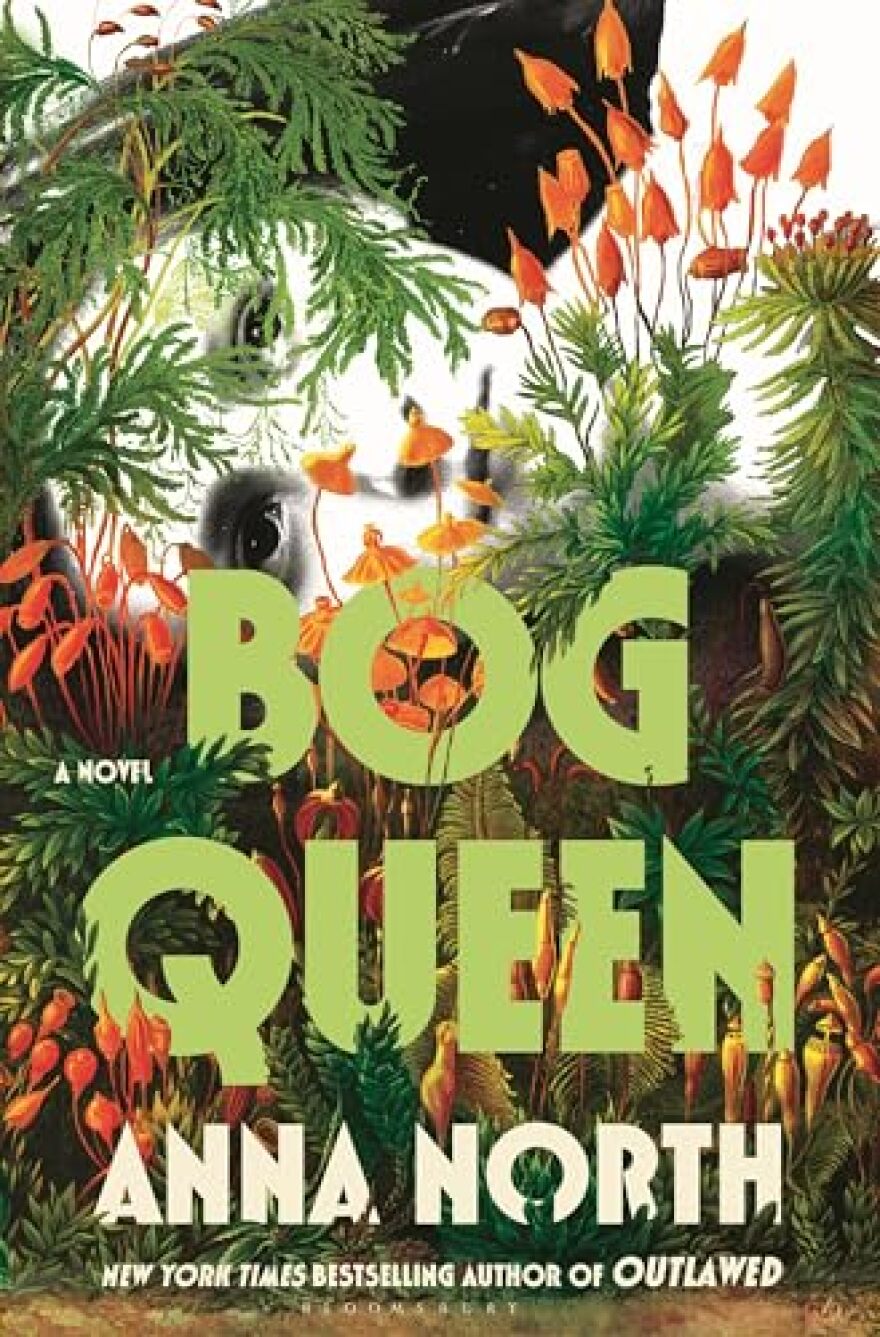Anna North’s new novel opens in a bog in northwest England, where crews dig up a body and believe they have solved a cold case. Thirty years ago, a local man killed his wife and threw her into the bog to hide the evidence — or so he confessed — and police summon a forensic anthropologist to investigate.

But when our main character, Agnes, arrives at the scene, she discovers that the spongy marsh hides a much older mystery: The body from the bog is more than 2,000 years old, dating all the way back to the dawn of the Roman Empire. The remains are surprisingly well preserved, almost beautiful, and it’s up to the forensic bone specialist to figure out how she died and possibly how she lived.
Bog Queen is North’s fourth novel, and a far cry from the Wild West of Outlawed or her post-apocalyptic America Pacifica. The setting here is very much a character, as North devotes occasional chapters to the collective voice of a moss colony that inhabits the bog.
“I think you should take a longer view on things,” the ancient colony explains. “Yes, you found a body here. But is the body really what’s important? Or is it the conversation the body opens up about the earth, the past, the future — is that what really matters?”
As Agnes struggles to decipher the mystery of the woman in the bog, she gets caught up in a battle between developers and a group of activists trying to preserve the bog. She also is forced to question her professional expertise, her personal strength and her place in the world.
An alternating timeline takes us back to the Iron Age and the voice of the bog woman herself — a Celtic priestess who was “the druid of Bereda,” who struggles to navigate her spiritual and diplomatic duties during the dawn of the Roman Empire.
The result is a complex and beautifully written story that explores female power and leadership across time, as well as environmental concerns. It also meshes past and present in surprising ways, illustrating the connections between humans and nature and our evolving belief systems.
In one compelling scene, the bog queen watches an ancient priest try to interpret messages from the gods and predict the future by examining the entrails of a sacrificed goat — a practice known as haruspicy [her-USS-puh-see]. Meanwhile, Agnes embraces all the tools of modern technology in her attempt to recreate the past and solve her case. A scientist to her core, and a likeable misfit, Agnes at one point thinks fondly back to her first graphing calculator, which she says her father “presented to her as if it were an object of awesome power, a young knight’s first sword.”
Bog Queen offers everything fans love about historical fiction: a fascinating look back through time with memorable characters, remarkable settings and a story that moves along at a steady clip.



